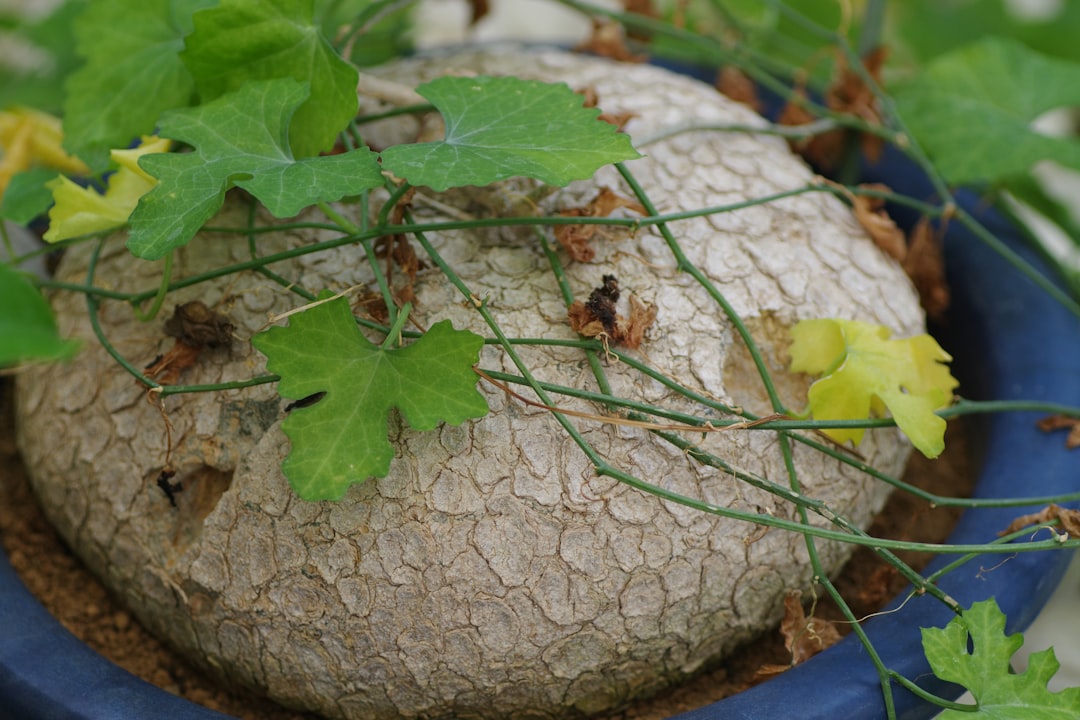The Battle Against Fungus Gnats in Your Houseplants

Houseplants bring a touch of nature indoors, filling our living spaces with beauty and fresh air. However, there's an unwelcome guest that can turn your green haven into a pest - ridden nightmare: fungus gnats. These tiny, mosquito - like bugs may seem harmless at first glance, but they can quickly become a major nuisance for your beloved houseplants.
Fungus gnats are attracted to the moist soil in potted plants. Their larvae feed on organic matter in the soil, including the roots of your plants. This can lead to stunted growth, yellowing leaves, and in severe cases, the death of the plant. Adult fungus gnats are also a bother as they fly around your face and land on your plants, making your indoor gardening experience less than pleasant.
So, how can you banish these pesky bugs from your plants for good? Let's start with prevention. One of the most effective ways to prevent fungus gnats is to avoid over - watering your plants. Fungus gnats thrive in moist environments, so allowing the top layer of soil to dry out between waterings can make your plant pots less appealing to them. You can also use a well - draining soil mix. A soil that drains well will not hold excess moisture, reducing the chances of a fungus gnat infestation.
Another preventive measure is to keep your plant area clean. Remove any fallen leaves or debris from the soil surface. These organic materials can provide a breeding ground for fungus gnats. Regularly inspect your plants for signs of pests and isolate any infected plants immediately to prevent the spread of the infestation.
If you already have a fungus gnat problem, there are several treatment options available. One simple and natural solution is to use a mixture of apple cider vinegar and dish soap. Fill a small container with apple cider vinegar and add a few drops of dish soap. The vinegar attracts the adult fungus gnats, and the dish soap breaks the surface tension of the liquid, causing the gnats to drown.
You can also use sticky traps. These are yellow cards coated with a sticky substance. Hang the traps near your plants. The bright yellow color attracts the adult fungus gnats, and they get stuck on the cards. This helps to reduce the adult population and prevent them from laying eggs in the soil.
For a more aggressive approach, you can use a biological control agent such as Bacillus thuringiensis var. israelensis (BTI). BTI is a naturally occurring bacterium that is toxic to the larvae of fungus gnats. Mix the BTI with water according to the package instructions and water your plants with the solution. This will kill the larvae in the soil without harming your plants.
Neem oil is another effective treatment. Neem oil is a natural insecticide that can be used to control a variety of pests, including fungus gnats. Dilute neem oil with water according to the instructions on the bottle and spray the solution on the soil surface and the leaves of your plants. Neem oil not only kills the adult gnats but also disrupts the life cycle of the larvae.
It's important to be persistent when dealing with fungus gnats. It may take several weeks of consistent treatment to completely eliminate them from your plants. Keep monitoring your plants regularly and continue to use preventive measures even after the infestation is gone to ensure that the fungus gnats don't return.
In conclusion, caring for houseplants involves more than just watering and fertilizing. Dealing with pests like fungus gnats is an important part of maintaining healthy plants. By following these tips, you can banish fungus gnats from your plants for good and enjoy a beautiful, pest - free indoor garden.